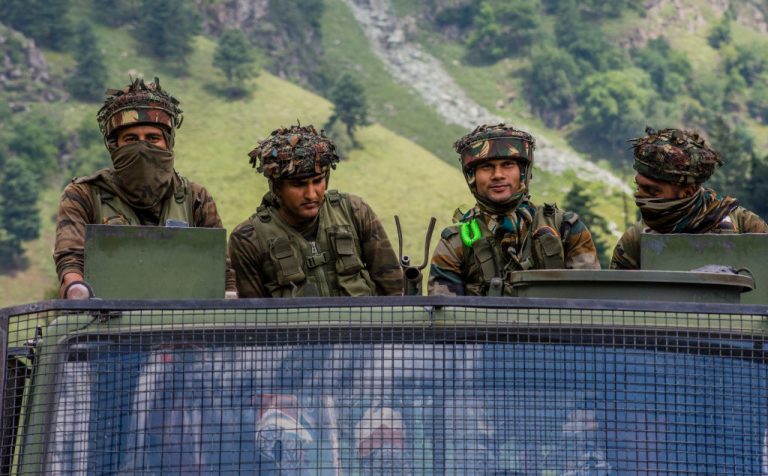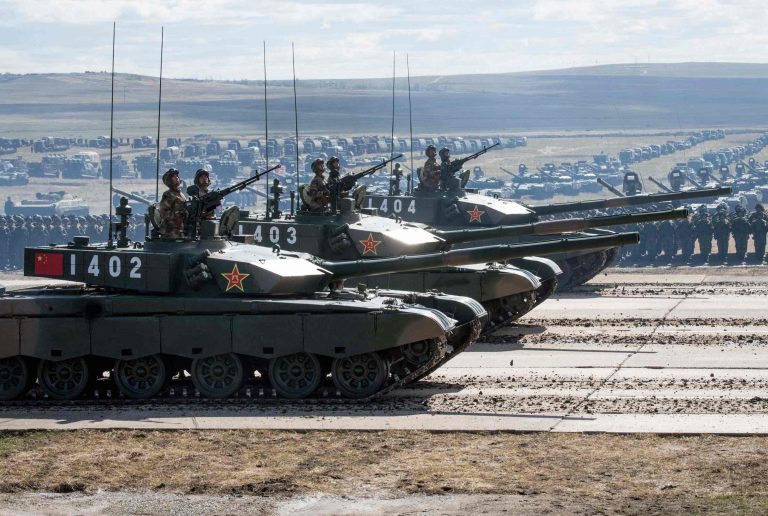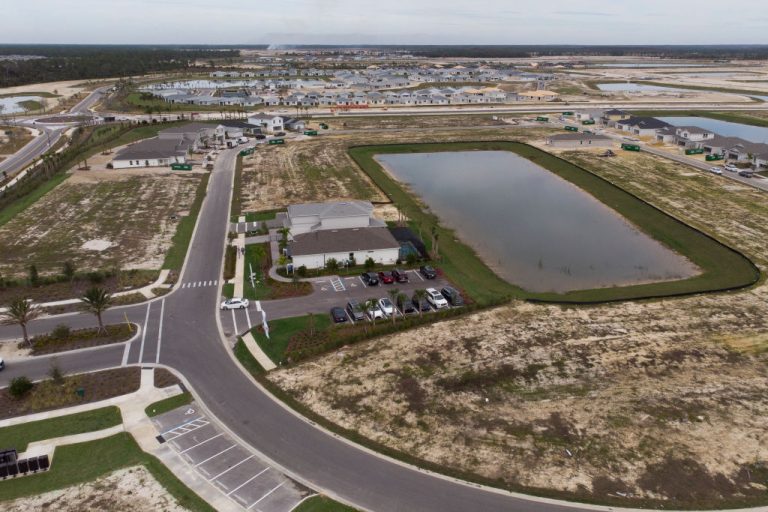In a diplomatic breakthrough, India and China reached an agreement on Oct. 21 to de-escalate tensions at their disputed Himalayan border, where both nations have faced ongoing military tensions for years.
The deal — while sparse in publicly disclosed details — represents a step towards resuming border patrols and easing tensions, particularly as the BRICS summit unfolds with both countries in attendance. But experts are cautioning that the deal is far from a resolution of the larger border conflict that has plagued the two nations’ relationship for decades.
“The disengagement process with China has been completed,” said Indian External Affairs Minister S. Jaishankar, as he highlighted the importance of the agreement for the two Asian powers. The deal also signals the resumption of patrolling activities along the contentious Line of Actual Control (LAC) in the Ladakh region, where territorial disputes have periodically erupted into violence, added Jaishankar.
RELATED: After Sharing Dalai Lama’s Speech, Tibetan Monk Sentenced to 18 Months in Jail
A path to stability?
Though the specifics of the new deal remain largely undisclosed, the core of the agreement revolves around mutual disengagement of military forces along the LAC — the de facto border separating Chinese and Indian-held territories. Spanning over 3,400 kilometers (about 2,167 miles), the LAC stretches from Ladakh in the west to Arunachal Pradesh in the east, where both nations maintain competing territorial claims.
Success
You are now signed up for our newsletter
Success
Check your email to complete sign up
Indian Foreign Secretary Vikram Misri emphasized the significance of disengagement at the LAC, describing the agreement as a move to restore some semblance of normalcy at the border. Though the finer points of the deal remain unclear, Misri hinted at the agreement’s role in reducing face-offs between the two militaries by implementing scheduled patrols that will be monitored regularly.
“Over the last several weeks, Indian and Chinese diplomats and military negotiators have been in close contact with each other, and as a result of these discussions, an agreement has been arrived at on patrolling arrangements along the LAC in the India-China border leading to the disengagements and a resolution of the issues that had arisen in 2020,” Misri told reporters in New Delhi on Oct. 21.
A senior military official also added that both sides would pull back their troops slightly from current positions to avoid future clashes while maintaining oversight through monthly review meetings.
RELATED: Taiwan Firms Shift Supply Chains From China to India
Yet, the lack of transparency around the full terms of the agreement leaves many questions unanswered. Notably, it’s unclear whether the buffer zones — areas along the border where neither side is supposed to patrol — will be maintained or dissolved. “If there is a formal agreement and that agreement is publicized, then we may [have a clearer idea of] what is going to happen,” said Manoj Joshi, an analyst at the Observer Research Foundation.
Decades of dispute
India and China have a long and fraught history over their disputed border, dating back to a brief but bloody war in 1962. The conflict saw India suffer a humiliating defeat, losing a significant portion of territory in Aksai Chin — a region that remains one of the major points of contention to this day. Since then, the two countries have been unable to come to a lasting resolution, with intermittent skirmishes and diplomatic disputes defining the relationship.
The most recent escalation occurred in 2020, when a deadly clash in the Galwan Valley resulted in the deaths of 20 Indian soldiers and four Chinese soldiers. The incident shocked both nations and sent bilateral relations into a tailspin. India responded by restricting Chinese investments, banning popular apps like TikTok, and severing other economic ties. In the wake of the skirmish, the standoff became emblematic of a deeper deterioration in trust between the two nuclear-armed neighbors.
RELATED: India Continues to Repel China’s Rhetoric on Border Violations
However, this week’s deal, announced ahead of the BRICS summit, provides a glimmer of hope for improved relations. “This is an agreement that will allow things to return to how they were in Ladakh before that crisis,” said Michael Kugelman, director of the Wilson Center’s South Asia Institute. But he also urged caution, noting, “It does not end the border dispute,” and added that the deal should be viewed as a “tactical measure” rather than a comprehensive solution.
A strategic move ahead of BRICS
The timing of the agreement — coming just before the BRICS summit in Kazan, Russia — is also no coincidence, experts note. Both Indian Prime Minister Narendra Modi and Chinese President Xi Jinping are in attendance, and the pact lays the groundwork for a potential meeting between the two leaders — their first since 2020. With international scrutiny surrounding the BRICS forum, the deal allows the two Asian superpowers to present a more unified front.
Diplomatically, the agreement also opens the door for better cooperation on economic and political fronts. Economically, China remains one of India’s largest trading partners — with bilateral trade reaching $118.4 billion in recent years.
As both nations eye economic recovery post-pandemic, the easing of border tensions could provide mutual benefits, especially in industries where China supplies critical materials for India’s manufacturing sectors, such as telecommunications and pharmaceuticals.
Caution and optimism
Yet, the agreement is not without its skeptics. Joshi suggests that domestic pressures, particularly from India’s business community, have played a significant role in prompting this de-escalation. “After the 2020 events, India placed severe restrictions on Chinese investments and visas,” he said, adding, “From the Indian side, there was pressure for a reset of the relations.”
While the deal signals a pause in the military standoff between the two countries, it does not resolve the underlying border dispute, nor does it address other significant sources of tension, notes Joshi. China’s expanding naval presence in the Indian Ocean and its close ties with Pakistan also remain sticking points in the region’s broader geopolitical rivalry.
“I don’t think this deal is the prelude to a broader detente,” noted Kugelman, adding that the importance of the agreement should be “confidence-building measure.”







